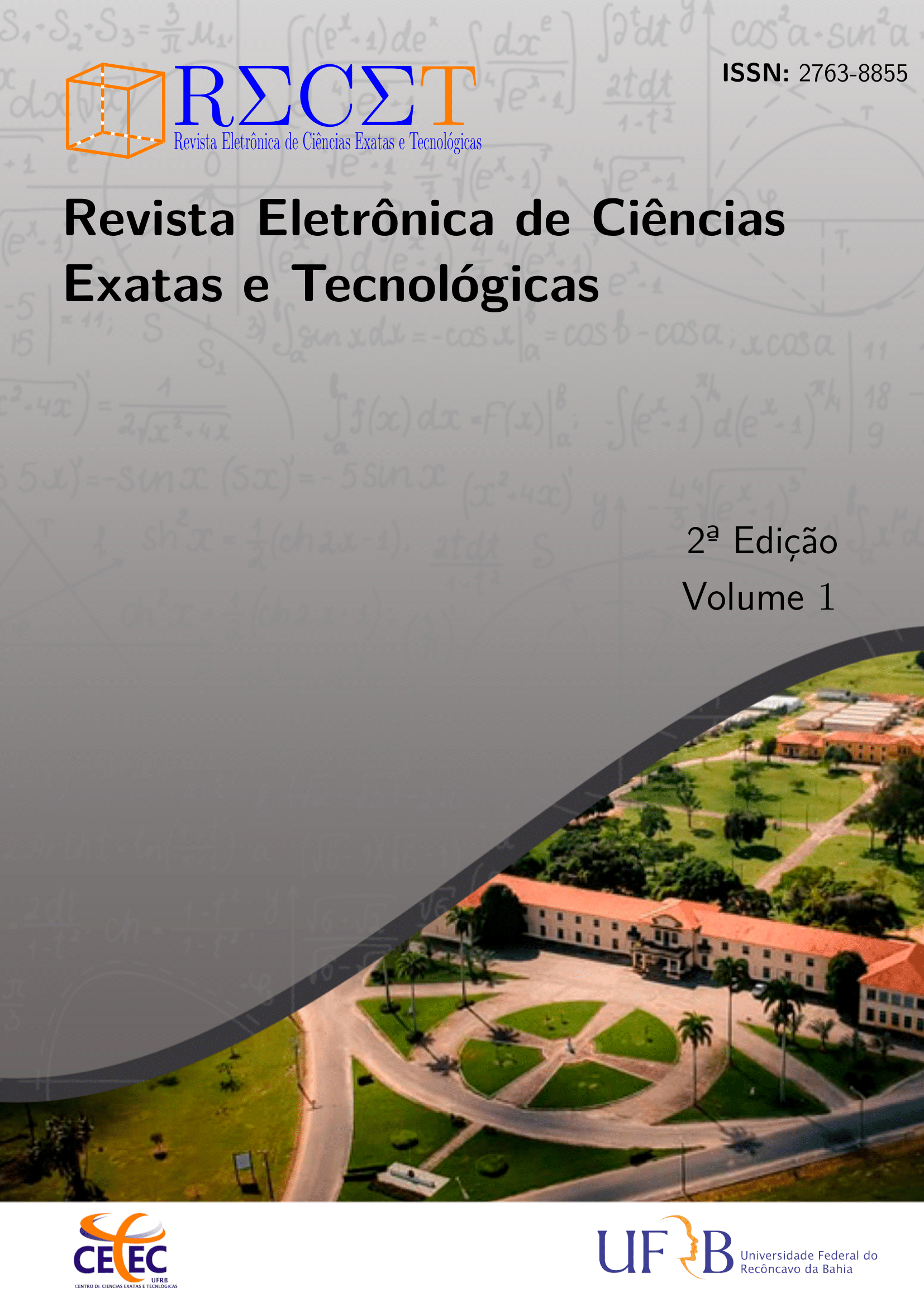Flexural behavior of cementitious slabs reinforced with sisal yarn structural fabrics
Keywords:
Compósitos, Matriz cimentícia, Tecidos de sisalAbstract
This research analysed the mechanical behaviour of the cementitious composite,
developed from structural sisal textile material, with the purpose of obtaining a material
with greater resistance to bending efforts. By reinforcing fragile matrices with natural
fibers the tension and bending resistance are increased, in addition to avoiding or delaying
the appearance of cracks. The main materials in this work were sisal and the elements of
the mortar: cement, sand, water, additives and additions. Sisal textile materials were made
to facilitate the impregnation by the matrix. In this research, it was expected to develop a
light and tenacious composite, with cementitious matrix allied to a bidirectional textile
material of sisal wires. For this purpose, the mechanical behaviour of the composite was
analysed through the four-point bending test. Two plates were developed: one with only one
reinforcement layer and the other with two reinforcement layers. Each plate provided 4
specimens with rectangular cobblestone shape with 40 cm long, 10 cm wide and 1 cm thick. The four-point bending test was performed after 28 days of cure and through the results obtained, it was possible to verify that the two-layer test specimens had better results: there was an increase in the maximum stress value, the modulus of elasticity, of critical tension, of the number of cracks and there was a reduction in the value of the displacement at
maximum tension. Although the properties have been improved with the addition of a reinforcement layer, the composite analysed in this research still has no potential for use in structural or sealing elements.Â
Downloads
Downloads
Published
How to Cite
Issue
Section
License
Copyright (c) 2021 Electronic Journal of Exact and Technological Sciences

This work is licensed under a Creative Commons Attribution-NonCommercial-NoDerivatives 4.0 International License.

RECET publications are licensed under Creative Commons (CC BY-NC-ND 4.0).
With this license, it is allowed to access, download (download), copy, print, share, reuse and distribute the articles as long as for non-commercial purposes and with the citation of the source, giving due credits of authorship and mention to the RECET Magazine.
By submitting articles to the RECET Magazine, the authors agree to make their texts legally available under this license. Commercial uses of material published in the magazine will only be allowed after written authorization from the magazine.





